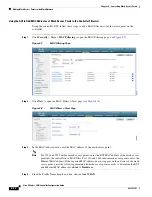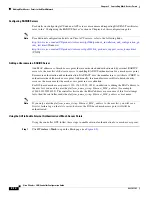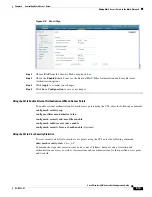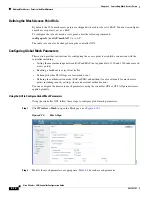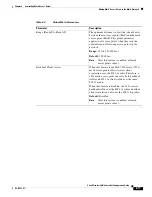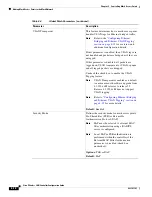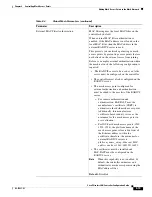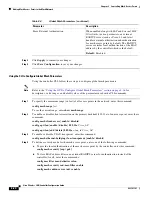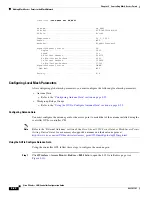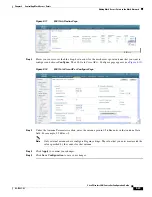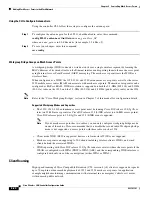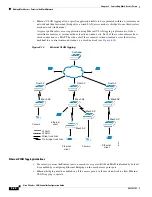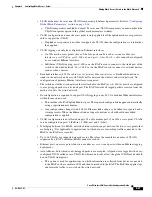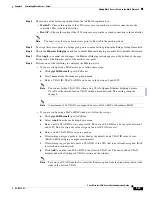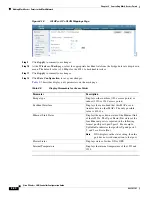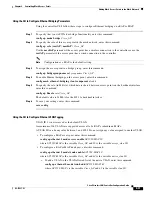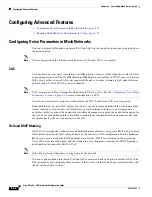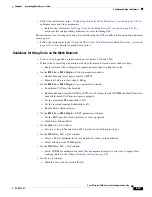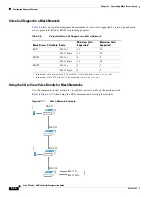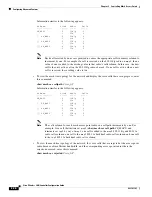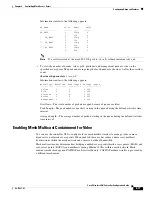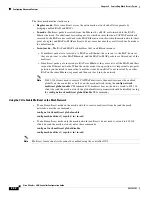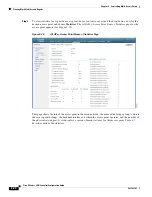
8-25
Cisco Wireless LAN Controller Configuration Guide
OL-17037-01
Chapter 8 Controlling Mesh Access Points
Adding Mesh Access Points to the Mesh Network
Three Cisco CX v4 Layer 2 client roaming enhancements are supported:
•
Access point assisted roaming
—This feature helps clients save scanning time. When a Cisco CX
v4 client associates to an access point, it sends an information packet to the new access point listing
the characteristics of its previous access point. Roaming time decreases when the client recognizes
and uses an access point list built by compiling all previous access points to which each client was
associated and sent (unicast) to the client immediately after association. The access point list
contains the channels, BSSIDs of neighbor access points that support the client’s current SSID(s),
and time elapsed since disassociation.
•
Enhanced neighbor list
—This feature focuses on improving a Cisco CX v4 client’s roam
experience and network edge performance, especially when servicing voice applications. The access
point provides its associated client information about its neighbors using a neighbor-list update
unicast message.
•
Roam reason report
—This feature enables Cisco CX v4 clients to report the reason why they
roamed to a new access point. It also allows network administrators to build and monitor a roam
history.
Note
Client roaming is enabled by default.
Configuring Ethernet Bridging and Ethernet VLAN Tagging
Ethernet bridging is used in two mesh network scenarios:
•
Point-to-point and point-to-multipoint bridging between MAPs (untagged packets). A typical
trunking application might be bridging traffic between buildings within a campus (
).
Note
You do not need to configure VLAN tagging to use Ethernet bridging for point-to-point and
point-to-multipoint bridging deployments.
Figure 8-13 Point-to-Multipoint Bridging
148439


